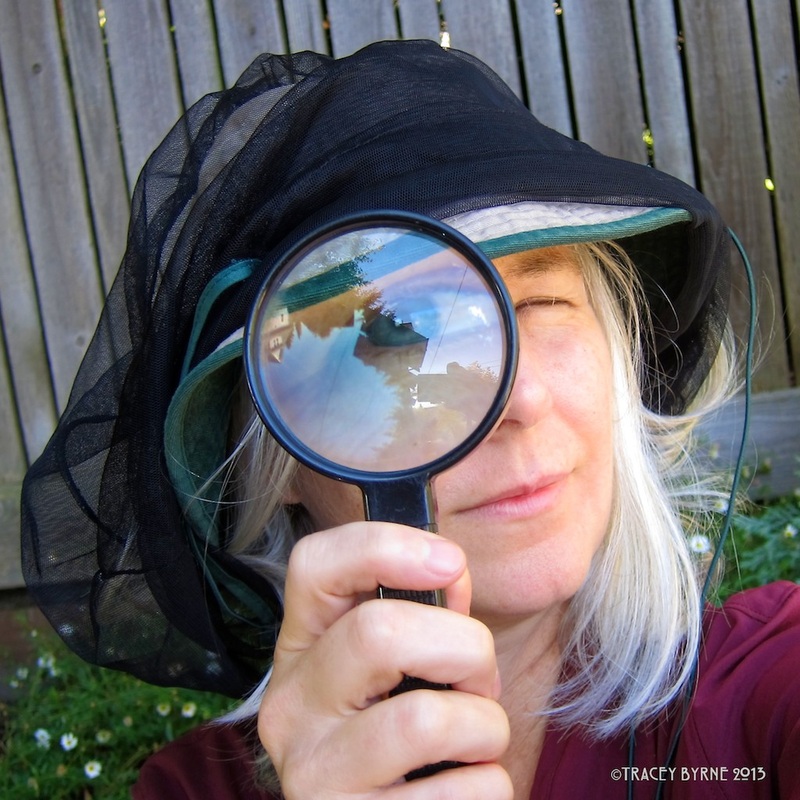|
Environmental Health News (repost)
New data released recently by the FDA shows a disturbing rise in the occurrence of pesticide residues detected in thousands of samples of commonly consumed foods. In addition, the latest USDA residue report found that fruits and vegetables showed the highest frequency of pesticide residues in the findings. Of the 10,000 foods sampled, roughly 82 percent of domestic American fruits and 62 percent of domestic vegetables carried residues of weed killers, insecticides and other pesticides commonly used by farmers. Among the domestic food samples, FDA said 97 percent of apples, 83 percent of grapes, 60 percent of tomatoes, 57 percent of mushrooms and 53 percent of plums carried residues. Looking at imported fruits and vegetables, the FDA found that roughly 51 percent of imported fruits and 47 percent of imported vegetables carried residues. Overall, the imported foods had more illegally high levels of pesticide residues than did domestic foods sampled. (12/21) *********************** These pesticides are poisons that persist in our soil, contaminate our water, drift in the air, and are in and on our flowers and foods. The constant and accelerated use of pesticides in the last forty years is not only killing insect pests, but also the myriad of beneficial flora, fauna, and soil micro-organisms that provide us with the ecosystem services that keep our planet balanced. The evidence is clear that our children are also at risk, as pesticides are undermining our children’s health and intelligence. Unfortunately, this information is not readily available to the public and is not making the headlines that it deserves. Luckily, watchdog groups are creating user-friendly apps and websites so you can be informed and make safe choices for your family.
To see what's on your food visit Pesticide Action Network's
What's On My Food? Warning: prepare to be absolutely terrified
...this is just a partial list of the toxin residues found on apples :^(
Winter Tidings by Jashna Vashti, of Portland OR : Etsy Love and joy come to you, And to your wassail too And God bless you and send you a Happy New Year, And God send you a Happy New Year! Wassail is a hot mulled cider punch. Waes hael means "be whole" or "be healthy". In Medieval times wassail was a drink made of mulled ale or mead, curdled cream, roasted crab apples, eggs, cloves, ginger, nutmeg and sugar (but that competes with our Dr. Byrne’s Eggnog)..... Here is a modern apple-cranberry Wassail recipe to help you celebrate the return of the sun and to keep your spirits in good health. Waes Hael my friends and Cheers!
It was crazy! We had blue sky and sunshine for an hour today at lunch, and I had probably over 100 birds and at least a dozen different species visiting my bird feeders, eating grass seeds, pecking bugs in the garden, sipping the borage and pineapple sage flowers, and bathing in the birdbaths. In the backyard flock we had a noisy and voracious round of robins, a flutter of bushtits, a banditry of black-cap chickadees, a crew of dark-eyed juncos, a lone Stellar's Jay, one Yellow-rumped Warbler, the first goldfinches of the season, plus a melody of song sparrows, a shimmer of Anna's hummingbirds, a host of purple finches, a drumming of Northern Flickers, and an (unwelcome) chattering of starlings. (No-show regulars: crows, Bewick's wren, and Spotted Towhee sweethearts.) Hot Tip: one of our newest additions to entice birds is chili-pepper suet. Yes, that is "Sizzle n' Heat Suet" in our feeder, and guess what? The squirrels won't go near it = YAY! Since birds evolved to eat and spread capsium annuum seeds, they get to enjoy a squirrel-free dining experience. We also have a couple squirrel-proof seed feeders with weight-activated seed ports, and I highly recommend them. It is so satisfying to feed birds without having to outsmart those pesky squirrels, and they still have PLENTY to eat in the yard with all the berries and seeds to keep them happy. Bonus Bird: a Cooper's Hawk near the corner of Thomas and 11th Ave...
Check it out if you are out and about on Capitol Hill. I saw him twice: first as predator, attacking a worried flurry of chickadees at a feeder, and the second time as prey, hassled by crows. I love seeing hawks in the city! I realize that because I have an affinity for backyard bugs, it is easy for me to recognize the difference between a bumblebee and honeybee. It is a combination of repeated experience and keen interest. (FYI, I am quite useless when it comes to identifying sports teams, cars, or types of deep sea mollusks :^)
I have had this handy Bee Basics: An Introduction to our Native Bees booklet available on my Biodiversity page, and I thought I would highlight it here as a free download (or, you can take yourself over to Amazon and pay $27 for it. Seriously!) This 48-page gem is full of lovely drawings and jam-packed with interesting tidbits. A gift to you from Pollinator Partnership, the USDA, and the US Forest Service. Make friends with your backyard bees. ©Roland Sachs Pseudoscorpions. Book Scorpions. Chelifer Cancroides ...are tiny arachnids, not scorpions at all!... but they have cool pincers and they prey on the larvae of clothes moths, carpet beetles, booklice, ants, and varroa mites. What's not to love? It all started with a conversation in a beekeeping forum concerning the problem of varroa mites, and wondering if there were natural, non-chemical methods (besides hosting foundationless hives*) that might be employed to lessen the varroa mites' impact on a hive. Our question led us to two beekeeping researchers who are working with restoring a beehive's ecosystem by reintroducing pseudoscorpions into the mix to create a more diverse and healthy hive habitat. In my first foray into the world of the pseudoscorpion, I found Torben Schiffer and his website beenature-project though this article (written in English, rather than German). In a nutshell: "Bees and pseudoscorpions have cohabited in hives for thousands of years, but toxic chemicals used in beekeeping have nearly eradicated the 'little insect with the tooth of poison.’ Torben’s mission is to restore the natural symbiosis between the two species in order to control the new unwelcome member of the triangle, the varroa mite." Torben's research partners are teens from the Hamburg school where he teaches biology :^) Further sleuthing led me to the work of Roland Sachs, who also has an interest in restoring healthy hive ecosystems through natural beekeeping methods. He has been exploring hive construction and alternative methods of keeping honeybees. Sachs states: "The book scorpion’s potential is enormous. Though it is not the cure for the various problems of honey bees and modern beekeeping it can – in a suitable habitat (geometry & properties of hollow trees) and within the scope of natural beekeeping (no acids/chemistry, low honey extraction, swarming, etc.) – effectively combat the parasites. Not only the Varroa mite is on its menu. It will also suck out bee lices, small hive beetles, and wax moths with pleasure. Having book scorpions within bee hives signals natural beekeeping and an intact hive climate. Integrating it into your bee hives unfortunately cannot be the first step towards successful beekeeping without acids and chemistry. On the contrary its successful settlement can only be the result of a species-appropriate beekeeping, since book scorpions are very sensitive they will quickly leave an unsuitable habitat." Natural Beekeeping with Book Scorpions *Natural Beekeepers. We, at BeePeeking, do not have a problem with varroa mites :^)
We host foundationless hives, i.e. naturally-drawn small cell comb, which disrupts the varroa life cycle. Though considered "alternative", Natural Beekeeping is a treatment-free philosophy of nurturing healthy bees as well as sustainable beekeeping practices. I would love to introduce pseudoscorpions to my bees and am looking into sourcing options. Mymaridae. Fairyfly. Fairy wasp. Chalcid wasp. Lately, I have been researching insects that are so small, you probably haven't seen them before. Just last week, whilst looking at a few of my honeybees with my stereoscope, I discovered what appeared to be a miniature wasp tangled up in the bee-fur. What? Yes, that is a honeybee, Apis mellifera, looking like a giant compared to the tiny wasp (next to the point of a pin). The first thing I tried to do was to take a photo of the little gal (clubbed antennae, not feathered or threadlike) so I could do an ID. This involved some pretty tricky gymnastics with my headlamp, tripod, "real" camera and close-up filter...but I still could not get close enough! I ended up pointing my iphone camera through the stereoscope to capture the best images, and was then able to begin the process of identification. I found some matching images that led me to believe that I was in possession of a fairyfly, or Mymaridae. Most definitely a chalcid wasp. Let's have fun with Mymaridae, shall we?
What makes Mymaridae so cool, besides being goofy fliers and practically invisible?
Some species of fairyfly live underwater, others mate with their siblings before they hatch, and in one super-tiny species the males are so small that "they do not have wings or eyes, their mouths are mere holes, and their antennae are simply spherical blobs. The ends of their legs have been modified into suction cups for clutching at females long enough to fertilize them. They are so small, their entire bodies are smaller than a single-celled Paramecium." As my daughter succinctly stated "Insects are such weirdos!" |
AuthorTracey Byrne~ Categories
All
Archives
June 2024
|
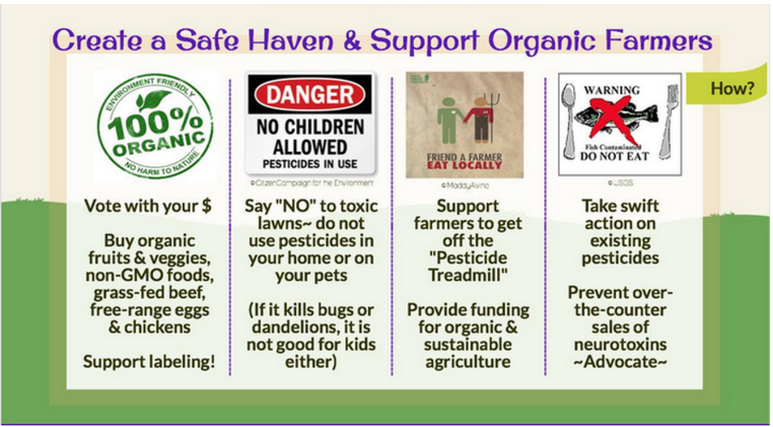
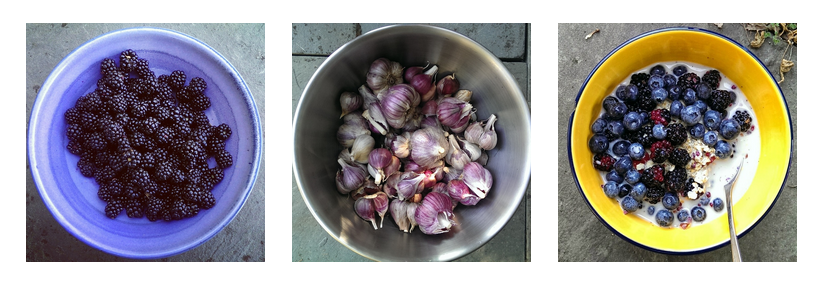

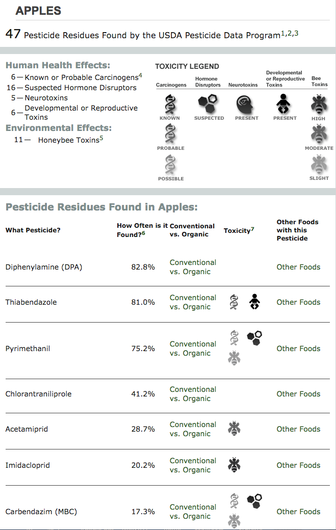
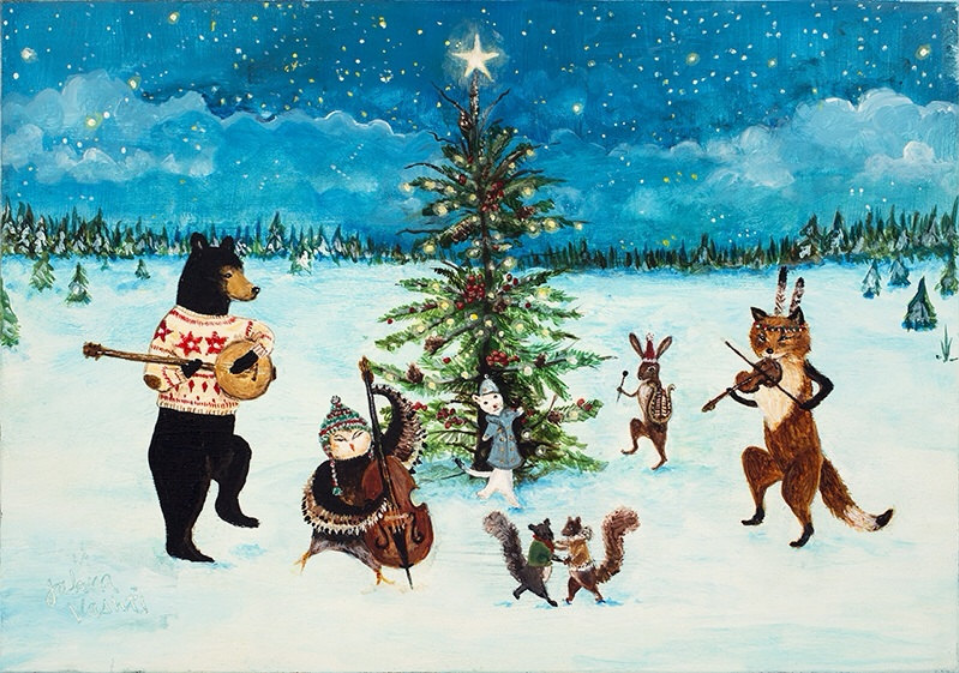
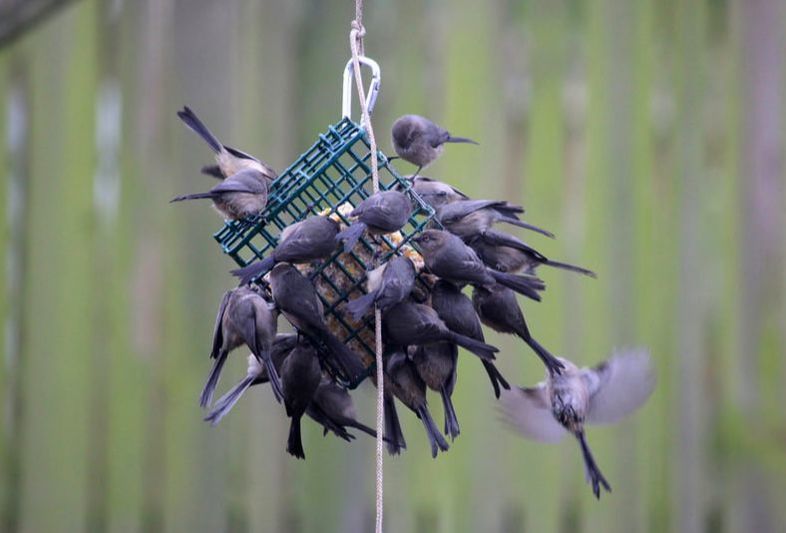

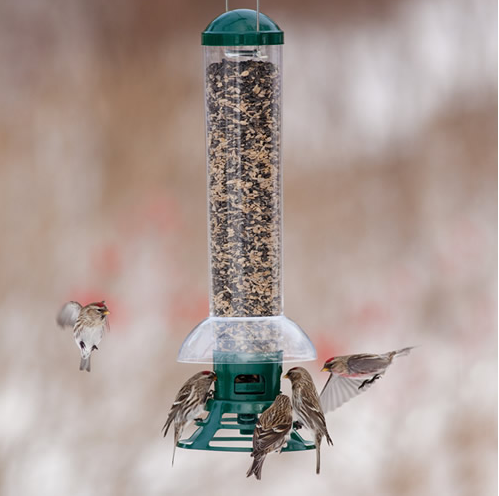
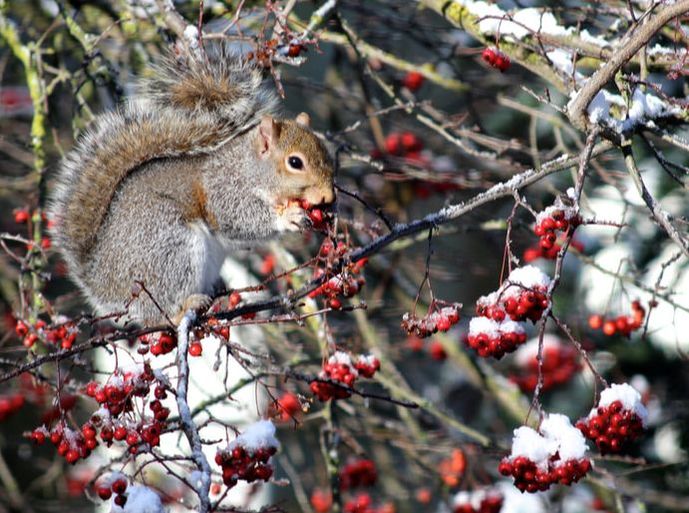
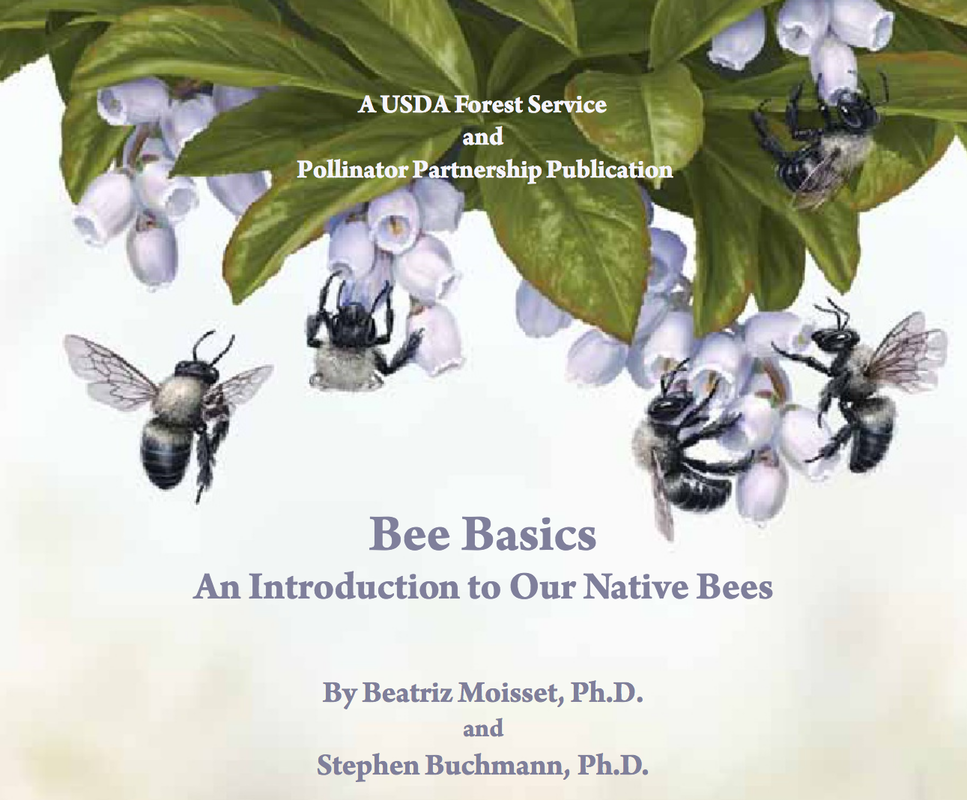
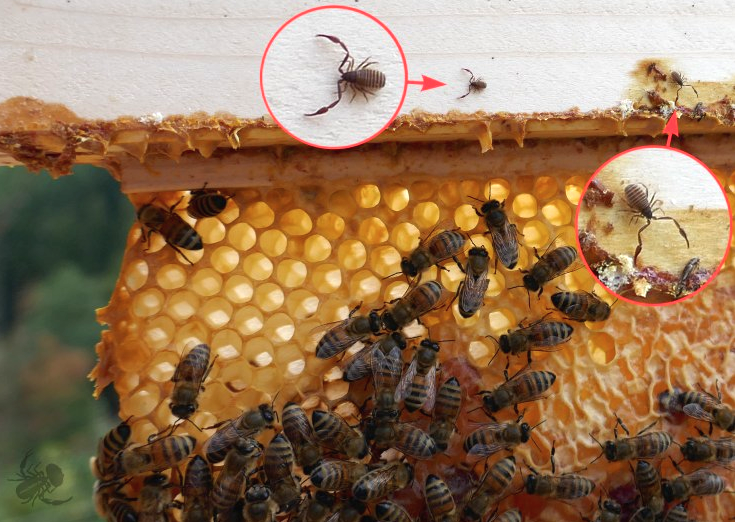
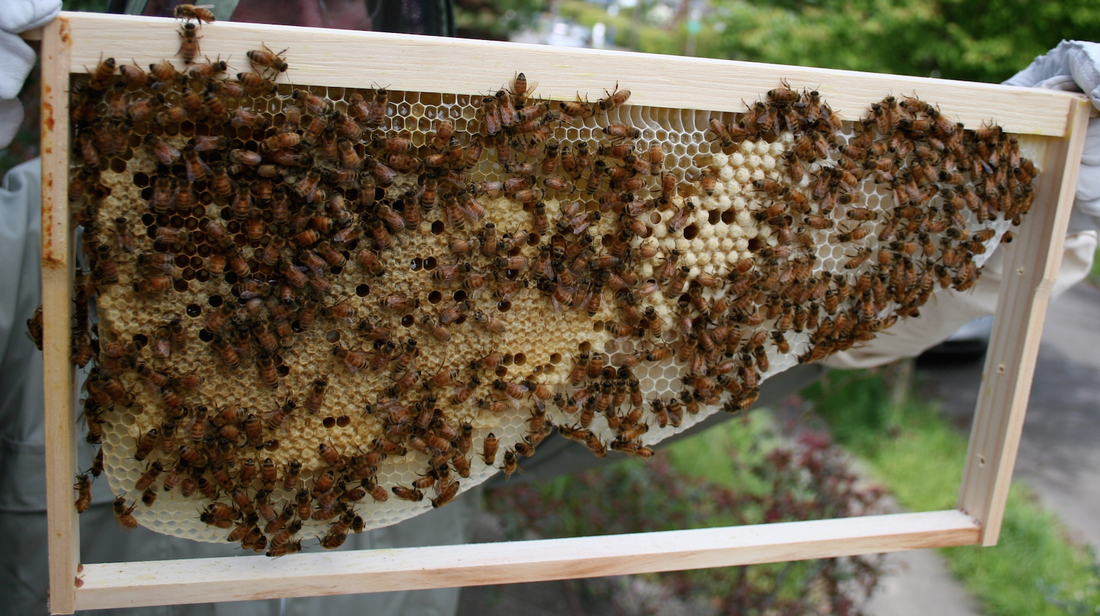
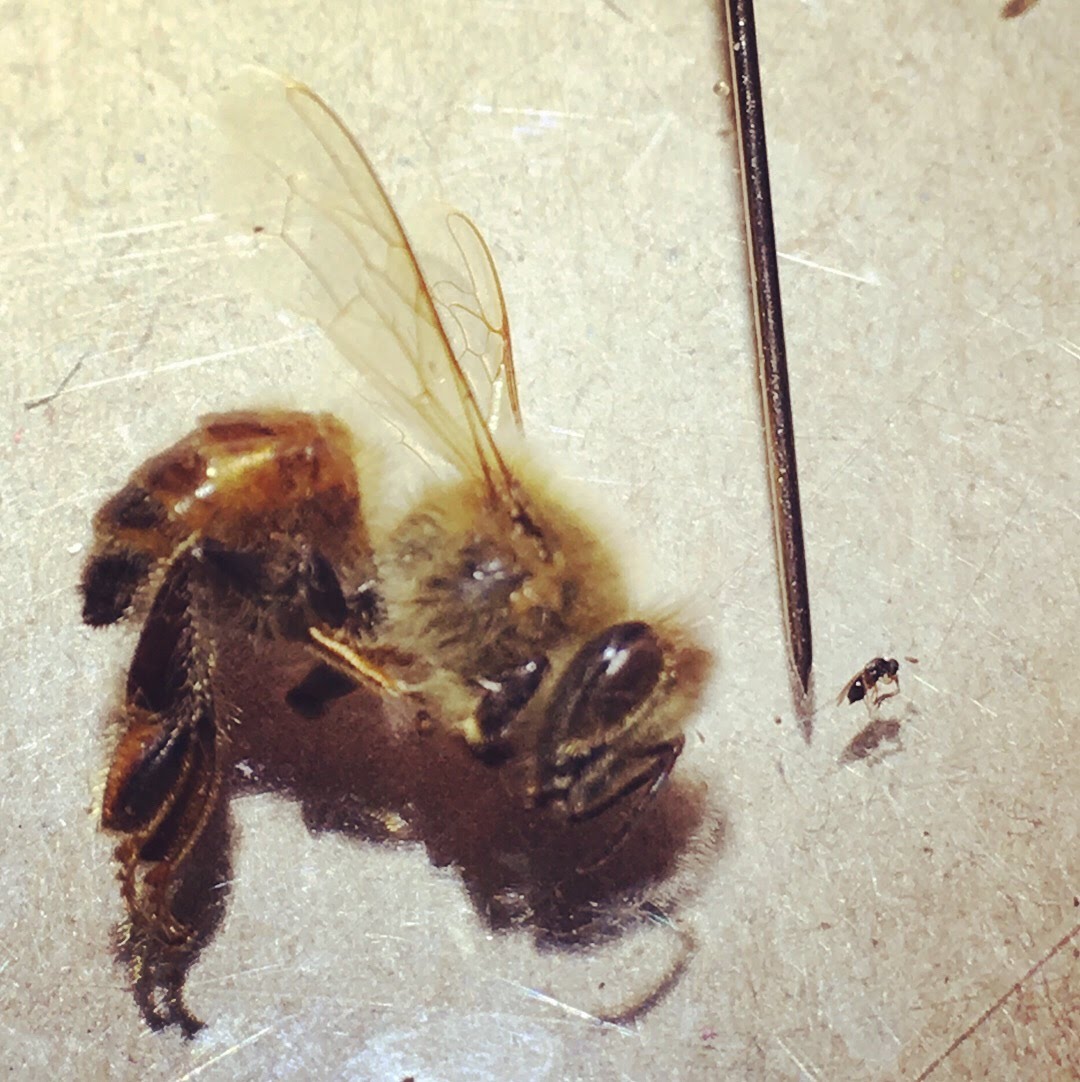
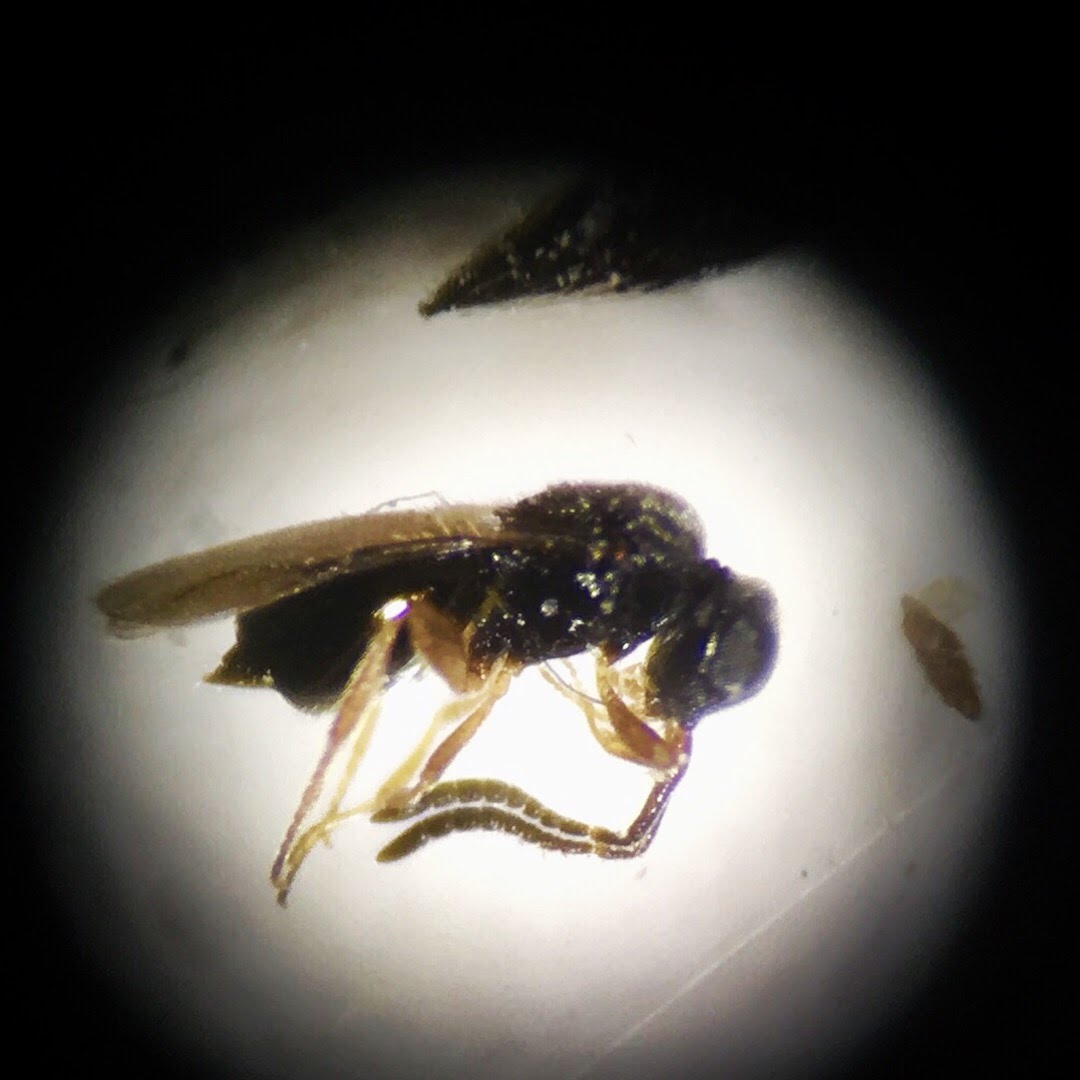
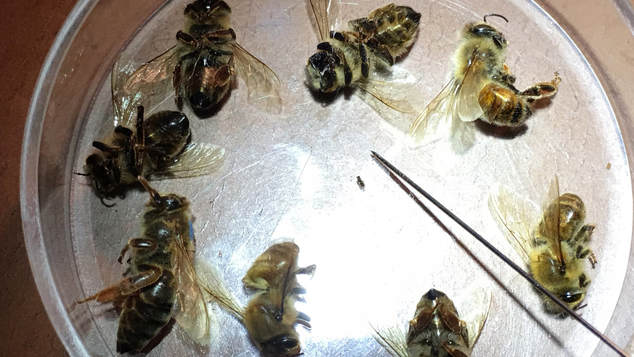
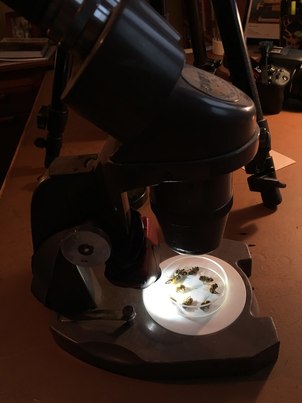
 RSS Feed
RSS Feed
